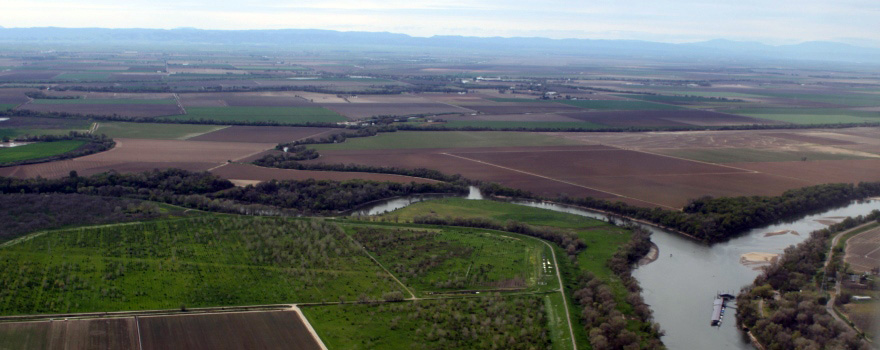 Proposed Shasta Reservoir Releases Focuses Solely on Temperature for Winter Run Eggs; SRSCs Call for More Holistic Approach to Managing Water for Farms, Fish and Birds
Proposed Shasta Reservoir Releases Focuses Solely on Temperature for Winter Run Eggs; SRSCs Call for More Holistic Approach to Managing Water for Farms, Fish and Birds
The Sacramento River Settlement Contractors (SRSCs) have reviewed the Bureau of Reclamation’s (Reclamation) plan for Sacramento River Operations this summer which is nearly identical to the March 31 plan submitted and approved by the National Marine Fisheries Service (NMFS). While the plan is thorough, the SRSCs remain concerned about the time it has taken to reach agreement on the plan by the Federal agencies and the delays in increasing flows in the Sacramento River.
With the summer operations release levels announced yesterday, Lake Shasta, Reclamation’s most important reservoir in the Central Valley Project, continues to be controlled to manage temperatures. Furthermore, there is no concrete evidence to support the temperatures being dictated. This approach to solely focus on temperature management for a single species will lead to negative ramifications not only in the Sacramento Valley, but also in other parts of California, to other endangered species, and birds in the Pacific Flyway.
“While we support Reclamation, these reduced releases are far more limited than previous years with similar cold-water resources, with Lake Shasta and other reservoirs in Northern California being at nearly full capacity,” said Don Bransford, President, Board of Directors for Glenn-Colusa Irrigation District. “These lower flows have negatively impacted SRSC water users by keeping the river at lower elevations limiting diversions, and in some cases users not being able to divert at all.”
The reduced releases from Lake Shasta are 20-30 percent less than previous years with similar cold-water resources – for example, 2002, 2005, 2006, and 2010-12 saw flows of 12,000 – 14,000 CFS compared to summer flows under the new plan.
“The agencies have been working on this plan for several weeks and we are just now seeing it. In our view, it too-heavily focuses on temperature management for winter run egg survival that provides questionable improvements in survival. The plan does not address other stressors to salmon that account for up to 75% mortality while shifting impacts to other species, the environment, farms, and urban areas,” said Fritz Durst, President, Board of Trustees for Reclamation District 108. “It is time to move beyond the current and very narrow approach of solely focusing on temperature levels for one species of fish – we must address all factors impacting salmon survival.”
The SRSCs are working closely with the Northern California Water Association (NCWA) to advance a broader approach to water management than currently proposed by the fishery agencies. Allowing temperature management for one species to solely drive water management decisions is too narrowly focused – proposals to improve the survival of salmon must take a more holistic approach and address all the factors that impact salmon survival, including providing food, refugia and habitat.
Building on the Sacramento Valley Salmon Recovery Program, local water agencies, conservation organizations, and state and federal agencies are developing and supporting the “2016 Salmon Action Plan.” The plan jumpstarts comprehensive actions and efforts this year, requiring an “all hands on deck” multi-pronged approach to immediately improve salmon survival, as well as inform future salmon resource decisions.
The SRSCs remain committed to working with the federal and state agencies to manage water resources in the Sacramento Valley for multiple beneficial purposes that include water for cities, rural communities, farms, fish and wildlife and their habitats.
——————————————–
Sign up for daily email service and you’ll always be one of the first to know!
- Sign up for daily emails and get all the Notebook’s aggregated and original water news content delivered to your email box by 9AM. Breaking news alerts like this one, too. Sign me up!
 Maven’s Notebook
Maven’s Notebook
constantly watching over the world of California water

